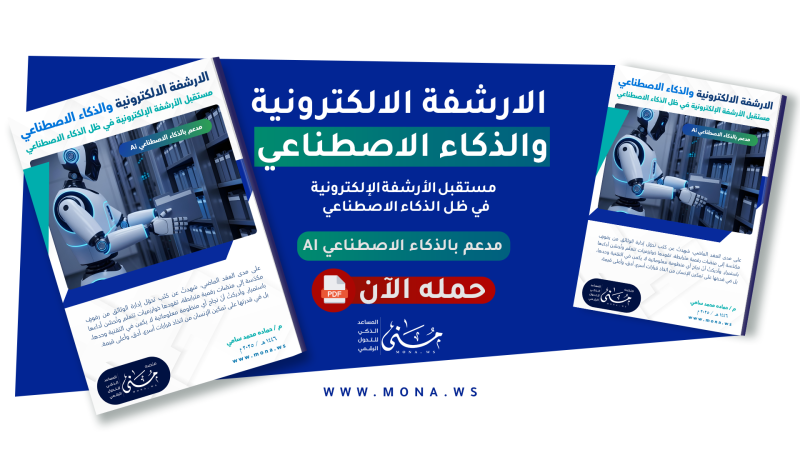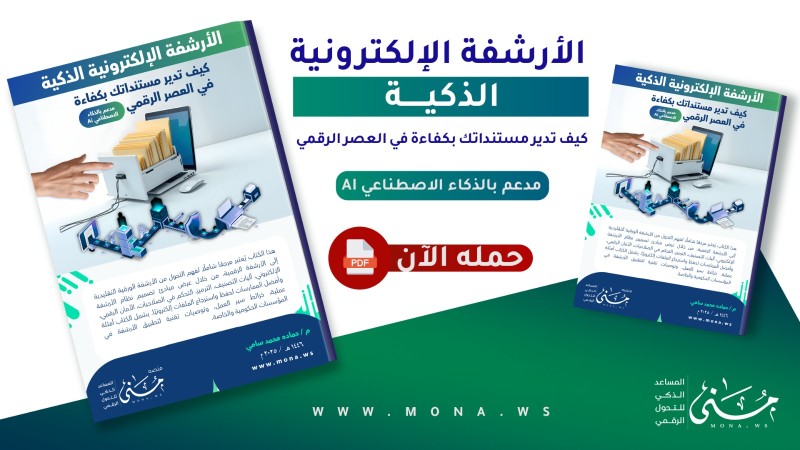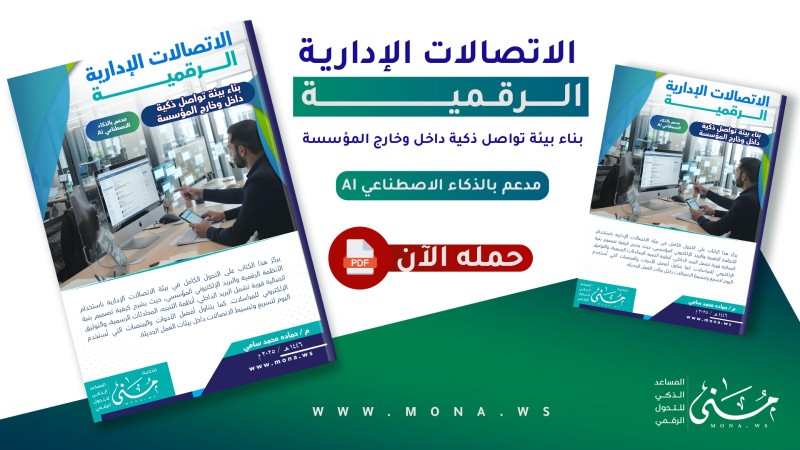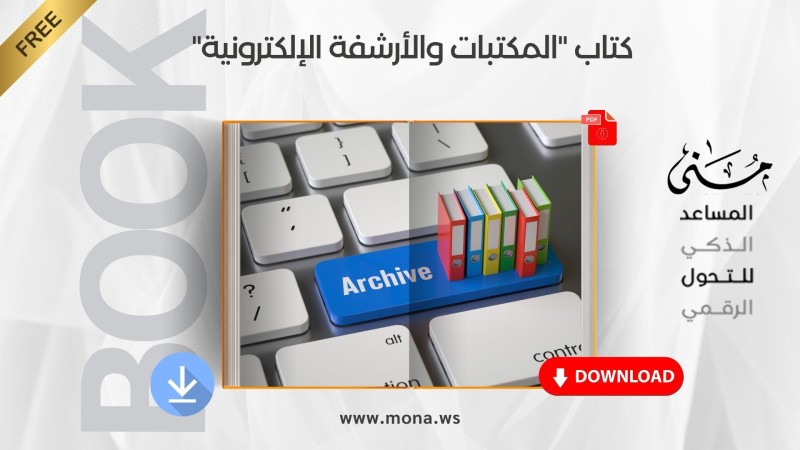The handbook aims to explain how to manage digital records and documents and link them to daily operations, with a focus on ensuring compliance with evolving legal and regulatory standards. Supported by examples from artificial intelligence, the handbook addresses vital topics, including:
The lifecycle of an electronic document: from creation or receipt, through classification, circulation, preservation, and ending with secure deletion or permanent archiving.
Classification and Indexing: Provides a detailed explanation of the difference between the two concepts and how to build a successful classification structure to organize institutional digital content.
Protection and Security: Covers essential technologies such as encryption, fine-grained access control, indelible audit trails, and backup.
Regulatory Compliance and Oversight: Demonstrates how a document management system can be a strategic tool for passing audits and ensuring compliance with local legislation, such as data protection and national archiving regulations.
The handbook features a practical approach, showcasing success stories and real-life experiences of Saudi institutions, such as municipalities and the Ministry of Justice, that have successfully digitized their documents. It also uses DocSuite as a real-world example of how smart solutions can translate theoretical policies into practical practice, proving that a well-planned and organized digital transformation is both possible and effective.
In short, this handbook is a trusted reference for managers and professionals seeking to enhance their organizations' efficiency, secure their information assets, and achieve excellence in a work environment that relies on accuracy, speed, and compliance.




Comments
Add New Comment